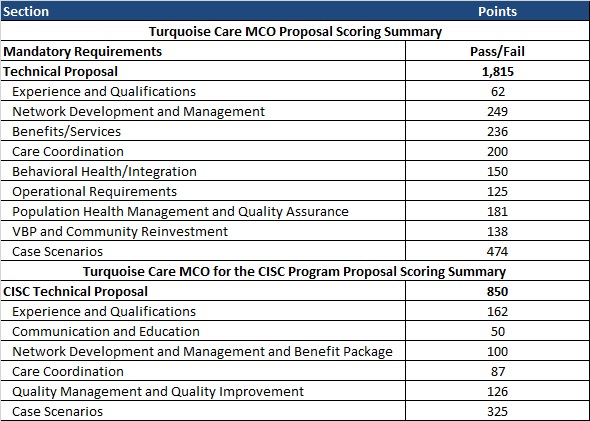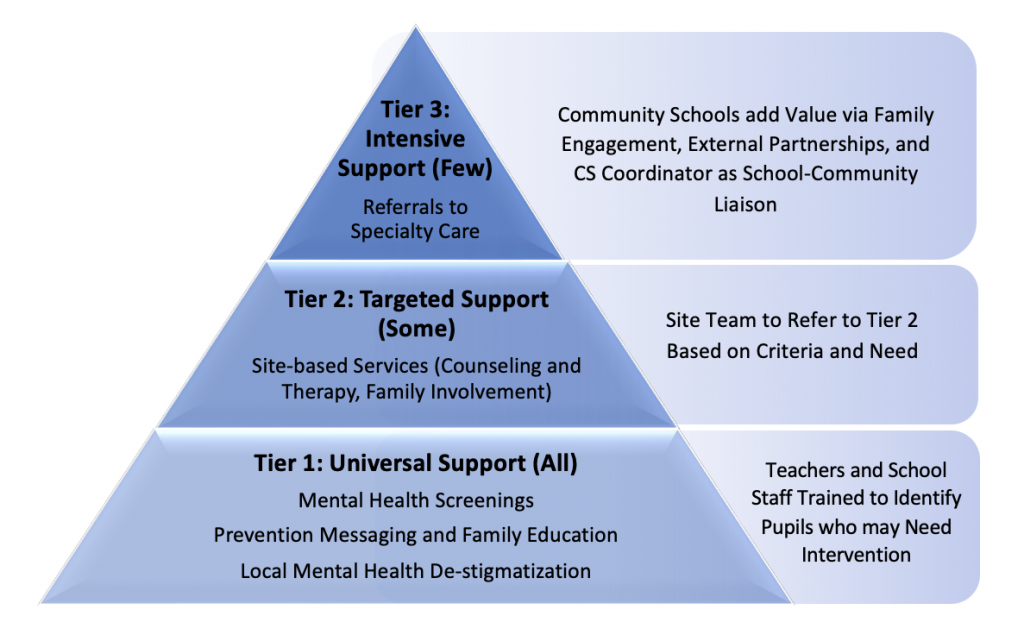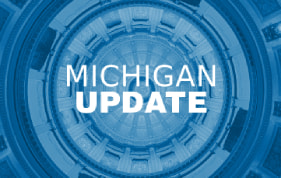Today, the Substance Abuse and Mental Health Services Administration (SAMHSA) released the highly anticipated Cooperative Agreements for Certified Community Behavioral Health Clinic (CCBHC) Planning Grants Notice of Funding Opportunity (NOFO). The NOFO can be found here.
The CCBHC model provides integrated and coordinated community-based care for individuals across the lifespan with and at risk for behavioral health conditions, with a focus on adults with serious mental illness, those with any mental illness, children with serious emotional disturbance, and those with substance use disorders. The model is designed to increase access to behavioral health services; provide a comprehensive range of services, including crisis services, that respond to local needs; incorporate evidence-based practices; and establish care coordination as a linchpin for service delivery. To date, CCBHCs have demonstrated[1]:
- Significant reductions in client hospitalizations
- Increased access to high quality community-based care, including services like Medication Assisted Treatment and care coordination
- Reduced impact of the mental health and substance use care workforce shortage
- Innovative and strengthened partnerships with cross-system partners, including law enforcement, schools, and hospitals
About the Planning Grants
These CCBHC Planning Grants are established to support states to develop and implement certification systems for CCBHCs, establish Prospective Payment Systems (PPS) for Medicaid reimbursable services, and prepare an application to participate in a four-year CCBHC Demonstration program. Through this opportunity, SAMHSA anticipates making 15 Planning Grant awards of up to $1 million per award. Awarded states will have 12 months to use their Planning Grant dollars to accomplish the following:
- Solicit input for the development of a state CCBHC Demonstration program from consumers (including youth), family members, providers, tribes, and other key stakeholders.
- Create and finalize application processes and review procedures for clinics to be certified as CCBHCs.
- Assist clinics with meeting certification standards by:
- facilitating access to training and technical assistance;
- providing workforce supports, including assisting CCBHCs to improve the cultural diversity and competence of their workforce; and
- facilitating cultural, procedural, and organizational changes to CCBHCs that will result in the delivery of high quality, comprehensive, person-centered, and evidence-based services that are accessible to the population(s) of focus.
- Certify an initial set of clinics as CCBHCs, including those that represent diverse geographic areas, including rural and underserved areas. As an option, states can also develop a process for bringing additional clinics into the State CCBHC Demonstration program to reach the desired geographic spread by the end of the four-year CCBHC Demonstration.
- Establish a PPS for behavioral health services furnished by a CCBHC in accordance with the original PPS Methodology Guidelines developed by CMS. A statement indicating that the State agrees to pay for services at the rate established under the PPS during the CCBHC. Demonstration program must be attached with the application.
- Develop or enhance statewide data collection and reporting capacity.
- Submit a proposal to participate in the CCBHC Demonstration Program no later than March 20, 2024.
The Planning Grant project period is anticipated to begin on March 30, 2023. As a Cooperative Agreement, SAMHSA anticipates having substantial federal programmatic participation, including providing input to selected states in the planning, implementation, and evaluation of the program.
These planning grants are the first phase of a two-phase process of the expansion of the CCBHC Demonstration, authorized by the Bipartisan Safer Communities Act.[2] Beginning July 1, 2024, and every two years thereafter, 10 states that have completed planning grants and submitted successful applications to participate in the CCBHC Demonstration will be eligible to join the program for a four-year period.
Eligibility to Apply
Eligibility for this Planning Grant opportunity is limited to the State Mental Health Authorities, Single State Agencies, or State Medicaid Agencies that are located in the 41 states, including the District of Columbia, that were not previously selected to participate in the CCBHC Demonstration Program. Regardless of which state entity ultimately serves as the applicant, each application must include a signed Memorandum of Agreement between the Director of the State Mental Health Authority, the Director of the Single State Agency, and the Director of the State Medicaid Agency demonstrating a partnership to fulfill the requirements of the award.
Updates to CCBHC Certification Criteria and PPS Guidance Expected but Not Before Application Deadline
Updates are expected to both the CCBHC Certification Criteria and PPS Guidance in the coming months, but the NOFO is clear that these updates will not be available during the application period for these Planning Grants. Specifically:
- SAMHSA is in the process of updating the CCBHC Certification Criteria through a process which will include a significant opportunity for public comment. SAMHSA intends to keep the existing framework for the criteria, which is included in the authorizing statute. SAMHSA does not intend to make major changes to the scope and shape of the Certification Criteria.
- CMS is also working to update the CCBHC PPS guidance. Any PPS changes will be made available prior to the planning grant execution period and included as part of technical assistance provided to states during the planning grant execution period.
Because neither of these updates will be released prior to the application submission deadline, applicants will use the existing CCBHC Criteria and PPS Guidance to inform their applications.
Next Steps for Interested State Stakeholders
Applications for this opportunity are due December 19, 2022 at 11:59 pm. Each application will be scored on their 30-page narrative submission, which includes significant emphasis on each applicant’s approach to CCBHC planning (including both certifying CCBHCs and establishing the PPS rates) and the state’s experience with the model to date (including the steps already taken to develop a CCBHC program in their state).
HMA and the National Council for Mental Wellbeing will host a joint webinar about this NOFO on Monday, November 7, 2022 at 1-2 pm ET. Register here.
In addition, in anticipation to the NOFO’s release, HMA and the National Council hosted a webinar on October 6, 2022, on “Developing a Strategy for the CCBHC State Demonstration RFP.” During this webinar, we engaged representatives from New York and Michigan to share information about their Demonstration program implementation to date. View the recording.
Should you have questions or want to learn more about HMA’s available support related to this and other CCBHC opportunities, contact Kristan McIntosh at [email protected].
[1] https://www.thenationalcouncil.org/wp-content/uploads/2022/06/22.06.06_HillDayAtHome_CCBHC_FactSheets.pdf
[2] https://www.congress.gov/117/plaws/publ159/PLAW-117publ159.pdf








